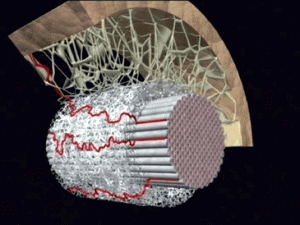Posture, Joint Pain and Panettone
/Envision your body as a chemistry set enveloped in a casing (skin and fascia), supported by an internal scaffold (bones), and enlivened by a motor system (nerves and muscles). Everything is interrelated through tubes and labyrinths of cobweb-like fascia. Bone, sinew and digestive juices all work together to make your day. Or not. To further this idea, I’ll share an example from my own embarrassing recent history…
Read More






